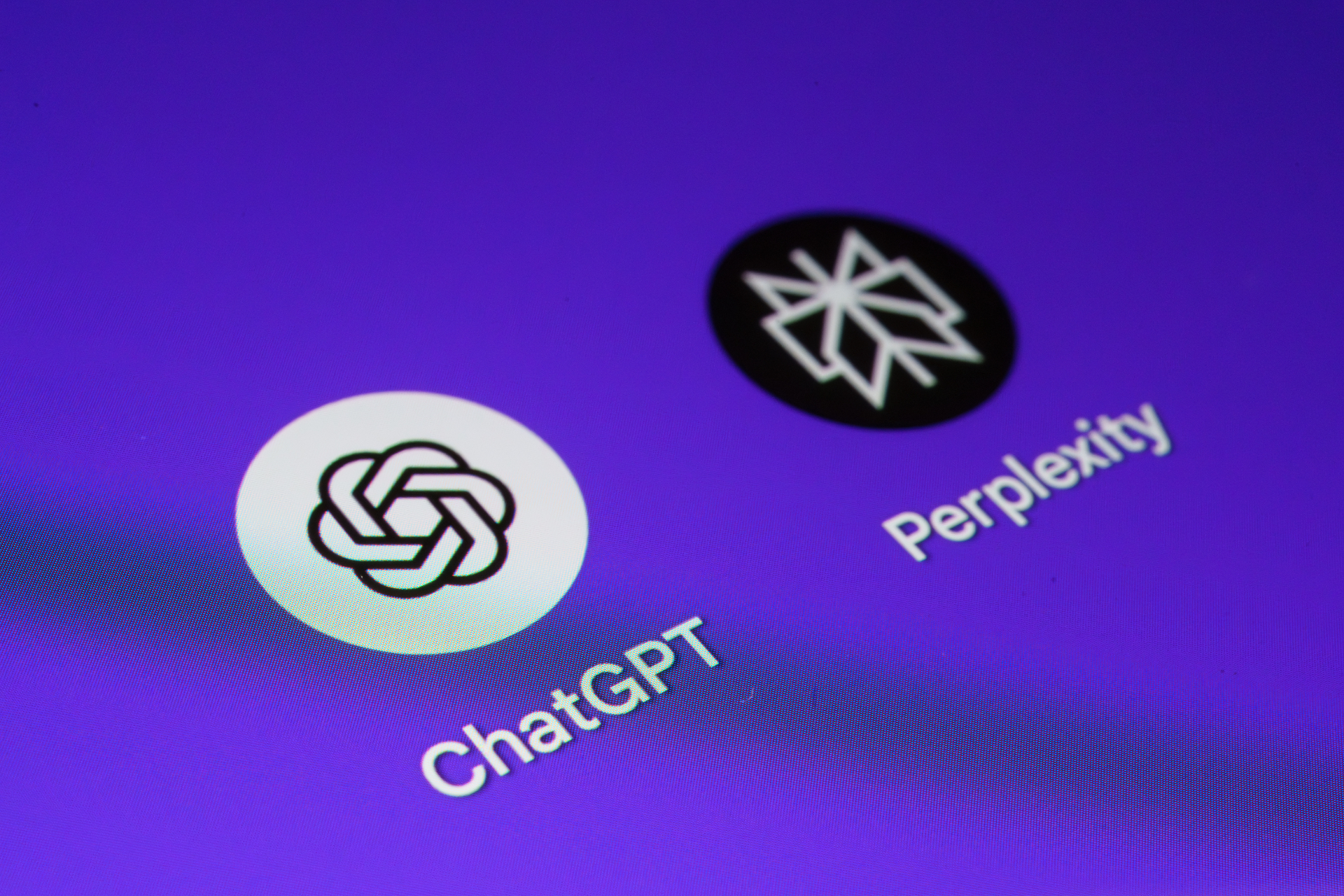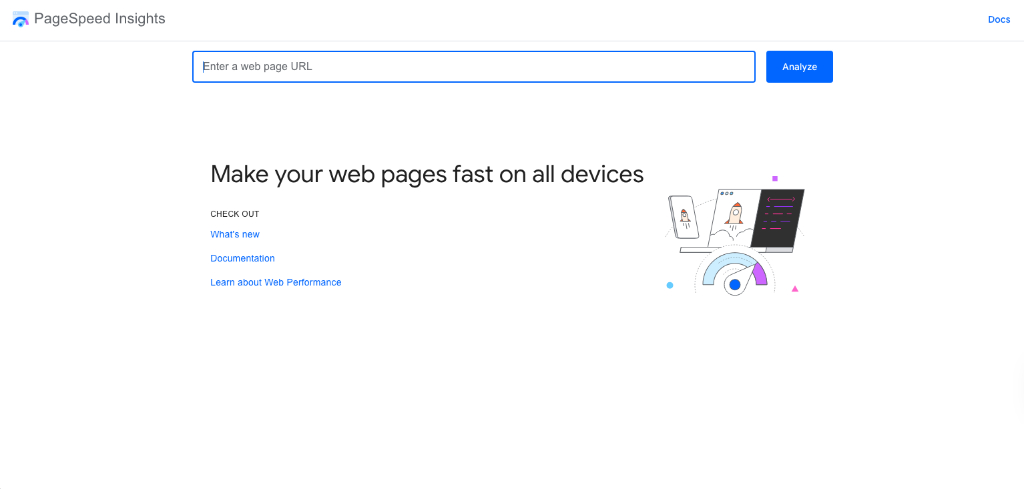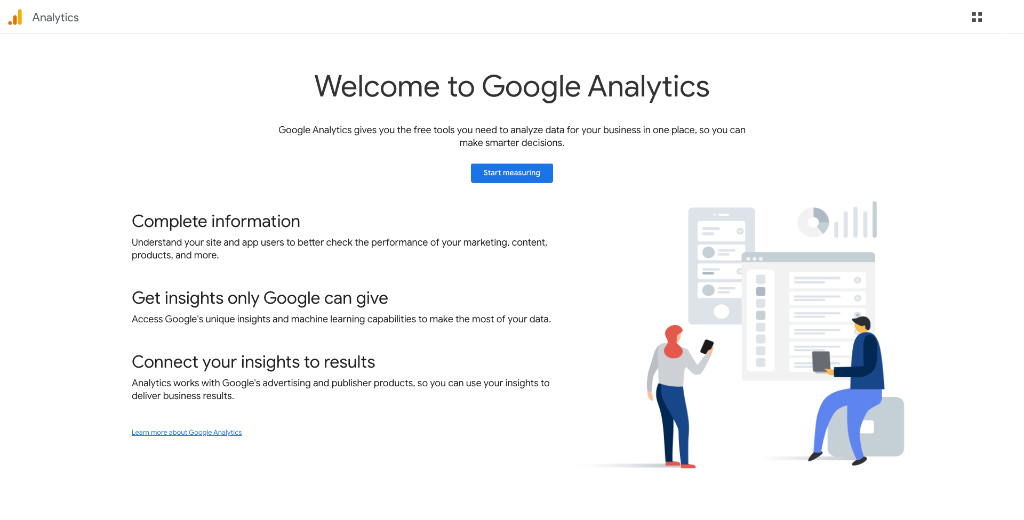
We Tested 12 AI SEO Tools: Complete Ranking Guide for 2025
AI-powered search engines are changing how people find information online. More search tools now use artificial intelligence to understand questions and deliver answers differently than traditional search engines.
Many B2B companies and marketers are asking new questions about how their content is discovered. The methods for getting content seen by the right audience are evolving quickly, especially with new AI-driven search experiences.
Understanding these changes is important for anyone interested in how to rank for AI tools. This guide explores what makes AI search ranking unique, and what it means for B2B companies.
What Is AI Search Ranking?

AI search ranking refers to how content appears in artificial intelligence-powered search engines like ChatGPT, Google’s AI Overview, and Perplexity. These tools use large language models (LLMs) to understand questions and generate answers by pulling information from multiple sources.
Traditional SEO focuses on matching keywords and building backlinks. AI search ranking works differently. These systems analyze content for clarity, expertise, and context rather than just keyword density.
For B2B companies, this shift changes how buyers find products and services. Instead of clicking through search results, buyers often get direct answers from AI tools. Manufacturing companies that want visibility in these new search environments need content that AI systems can easily understand and cite.
Why AI Tools Are Essential for Modern SEO
Over 35% of web searches in the United States now happen through AI-powered platforms. B2B buyers increasingly use conversational search to research suppliers and solutions.
AI SEO tools help websites perform better in these new search environments. These tools analyze how AI systems interpret content and suggest improvements for better visibility.
- Competitive Analysis: AI SEO tools track which competitors appear in AI-generated answers.
- Content Optimization: These tools identify gaps where content lacks clarity or structure.
- Performance Tracking: Specialized reporting shows how often your content gets cited by AI systems.
- Automation: Routine tasks like schema markup and entity optimization happen automatically.
How We Tested 12 AI SEO Tools
We evaluated tools based on their ability to improve AI search ranking across multiple platforms. Each tool was tested using identical B2B landing pages optimized with different recommendations.
Our Testing Method
The testing focused on measurable improvements in AI search visibility. We tracked how often optimized pages appeared in AI-generated answers and measured traffic from AI-powered sources over 90 days.
Success was measured by:
- Inclusion in AI snippets and summaries
- Citations in conversational search results
- Traffic from AI search platforms
- Improvements in entity recognition
Key Findings
Tools with entity optimization features showed the strongest results. Pages optimized for structured data appeared 60% more often in AI-generated answers. Simple interfaces reduced team onboarding time, while detailed reporting helped identify which changes actually improved performance.
Steps to Optimize Content for AI Search
Identify Industry Entities
Entities are specific people, places, companies, products, or concepts that AI systems use to understand content. For manufacturing companies, entities might include “CNC machining,” “ISO 9001,” or specific product model numbers.
Start by reviewing your product catalogs and service descriptions. List technical terms, certifications, and industry-specific language that appears frequently. Check competitor websites to see which terms they emphasize in their content.
Add Structured Data
Structured data is code that tells AI systems what different parts of your webpage mean. Schema markup is the most common format for adding this information.
Common schema types for B2B websites include Organization, Product, and FAQ schemas. A simple Organization schema might look like this:
{
“@context”: “https://schema.org”,
“@type”: “Organization”,
“name”: “ABC Manufacturing”,
“url”: “https://www.abcmfg.com”
}
Use Google’s Rich Results Test to check if your markup works correctly.
Build Topic Authority
Topic clusters are groups of related content organized around a main subject. AI systems use these connections to understand the depth of your expertise.
Create a main page about a broad topic, then link to detailed pages covering specific aspects. A manufacturing company might have a main page about “Custom Metal Fabrication” with supporting pages about laser cutting, welding, and quality control.
Technical Requirements for AI Visibility
Schema Implementation
Schema markup helps AI systems extract key information from your pages. Product schema shares details like specifications and part numbers. FAQ schema highlights question-and-answer sections that often appear in AI responses.
To add schema:
- Choose the appropriate schema type for your content.
- Generate the JSON-LD code using a schema generator.
- Add the code to your page’s HTML.
- Test the markup using validation tools.
Site Performance Optimization

AI systems favor fast-loading, mobile-friendly websites. Use Google PageSpeed Insights to check your site’s performance. Common improvements include:
- Image Compression: Reduce file sizes without losing quality.
- Browser Caching: Store frequently-used files locally.
- Code Optimization: Remove unused scripts and stylesheets.
- Mobile Responsiveness: Ensure pages work well on smartphones and tablets.
Measuring AI Search Performance
Traditional analytics tools miss much of the traffic from AI-powered sources. Specialized tracking methods help identify when your content appears in AI-generated answers.
Analytics Setup

Configure Google Analytics 4 to track referral traffic from AI platforms. Create custom segments for sources like “perplexity.ai” and “bing.com/copilot” to monitor AI-driven visits.
Zero-click searches happen when users get answers without visiting your website. Compare impressions (how often your pages appear in results) with actual clicks in Google Search Console to estimate this activity.
Specialized Tracking Tools
Several tools focus specifically on AI search performance:
- BrightEdge: Tracks mentions in AI overviews and answer boxes
- Conductor: Monitors conversational search visibility
- Searchmetrics: Measures AI-driven ranking factors
These platforms provide reports on how often your content gets cited by different AI systems.
The Role of Human Expertise
AI tools handle data analysis and routine optimization tasks, but human expertise remains essential for strategy and content creation.
Humans develop the overall approach based on business goals and industry knowledge. They create content that reflects real experience and technical expertise. AI tools can suggest improvements, but humans decide which changes align with brand voice and customer needs.
B2B companies often have complex products and technical audiences. Human professionals translate these complexities into content that both AI systems and human readers can understand.
The most effective approach combines human strategy and creativity with AI-powered automation and analysis.
Advanced Strategies for 2025
AI search continues evolving as platforms use more sophisticated language models. Future developments will likely emphasize original research, expert perspectives, and regularly updated technical content.
Companies that establish strong topical authority now will have advantages as AI systems become more selective about sources. This means publishing comprehensive guides, sharing industry data, and maintaining current information about products and services.
Lform Design helps manufacturing and B2B companies adapt their digital strategies for AI-powered search environments. Schedule a consultation to discuss how these changes affect your industry.
Frequently Asked Questions About AI Search Ranking
How does AI search ranking work differently for manufacturing companies compared to other industries?
Manufacturing companies benefit from detailed technical content and structured product data. AI systems look for specific information about processes, materials, and certifications when answering technical questions.
What makes content more likely to appear in ChatGPT or Perplexity results?
Content that clearly explains concepts, includes specific examples, and cites authoritative sources performs better in AI-powered search results. Well-organized information with proper schema markup also improves visibility.
How long does it take to see improvements in AI search visibility after implementing these strategies?
Most companies see initial improvements within 4-6 weeks of implementing structured data and content optimization. Significant gains in AI search ranking typically occur within 3-4 months of consistent optimization efforts.
Conclusion
AI-powered search is no longer a future trend—it’s already reshaping how buyers find and evaluate solutions. For manufacturers and other B2B companies, success now depends on content that AI systems can easily interpret, trust, and recommend. By focusing on entity optimization, structured data, and consistent topical authority, you position your business to stay visible and competitive as search technology continues to evolve.


